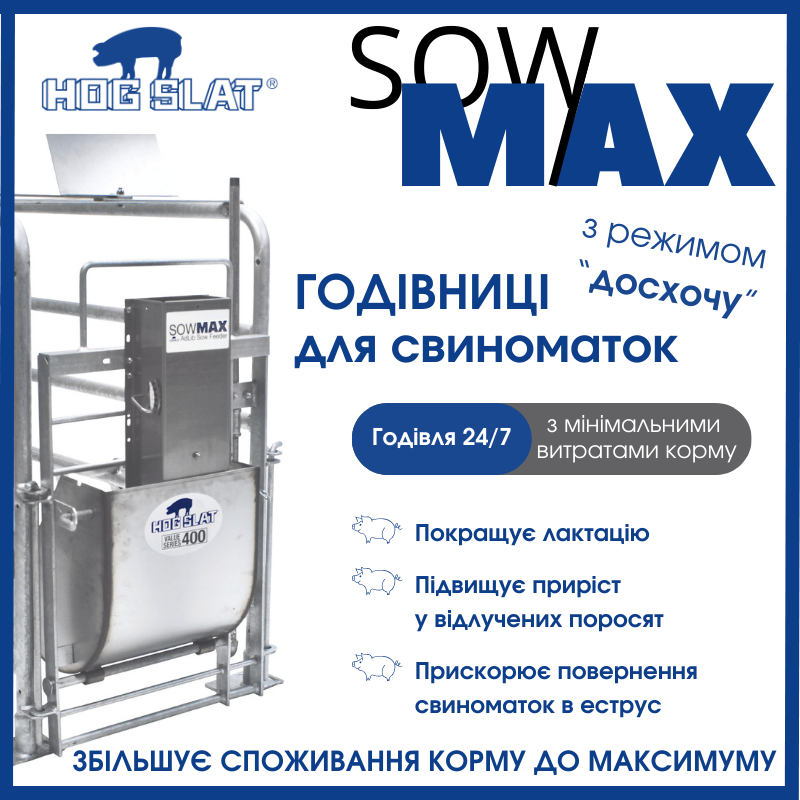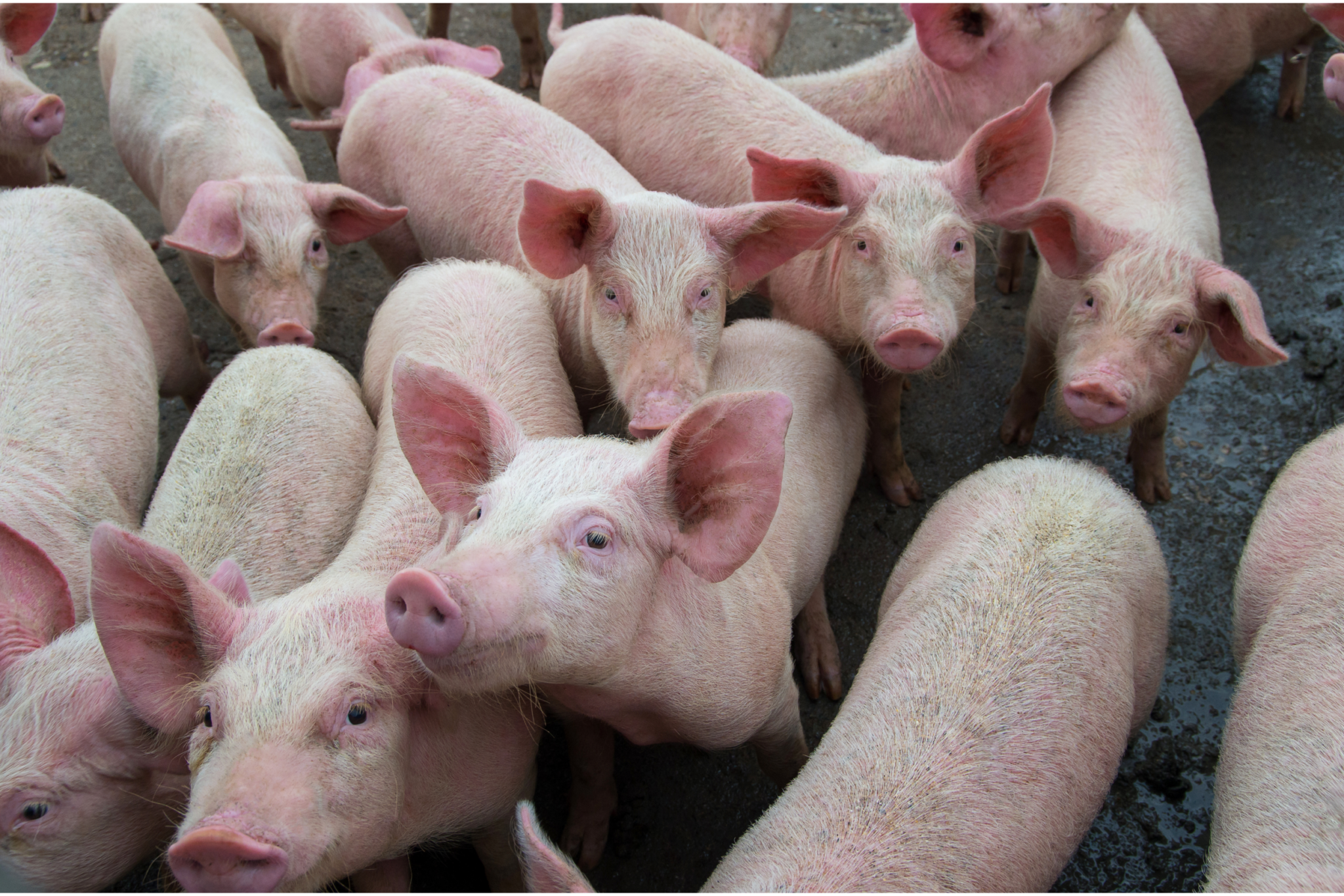The initiative was prompted by the H5N1 outbreak among cattle in Texas in the spring of 2024. Due to animal movement, the virus quickly spread to 16 other states and caused over 60 human infections — primarily among farm workers. This raised serious concerns in the swine sector, given the possibility of the virus crossing over to pigs.
The working group is focusing on enhancing biosecurity, prevention, information sharing, and response readiness in case of infection detection. Special attention is being given to protecting farm workers, who could act as intermediaries in cross-species transmission.
Alongside coordination efforts, the industry is investing in research. In 2025, the National Pork Board (NPB), in collaboration with the Swine Health Information Center (SHIC) and the Foundation for Food & Agriculture Research, allocated $2.1 million for 10 scientific projects focused on H5N1 in pigs. Although the risk to commercial swine herds is currently considered low, preparations continue — a response plan has already been developed and submitted to the U.S. Department of Agriculture.
Farmers are being urged to strengthen biosecurity protocols and minimize contact between pigs and birds, rodents, or other potential virus carriers.
Industry experts emphasize that an effective response to this potential threat is only possible through coordination among the livestock sector, veterinarians, scientists, government authorities, and medical services.
“If H5N1 enters the swine population, we won’t be starting from scratch — we already have a response platform in place,” highlight members of the task force.
Source: PigUA.info based on euromeatnews.com



